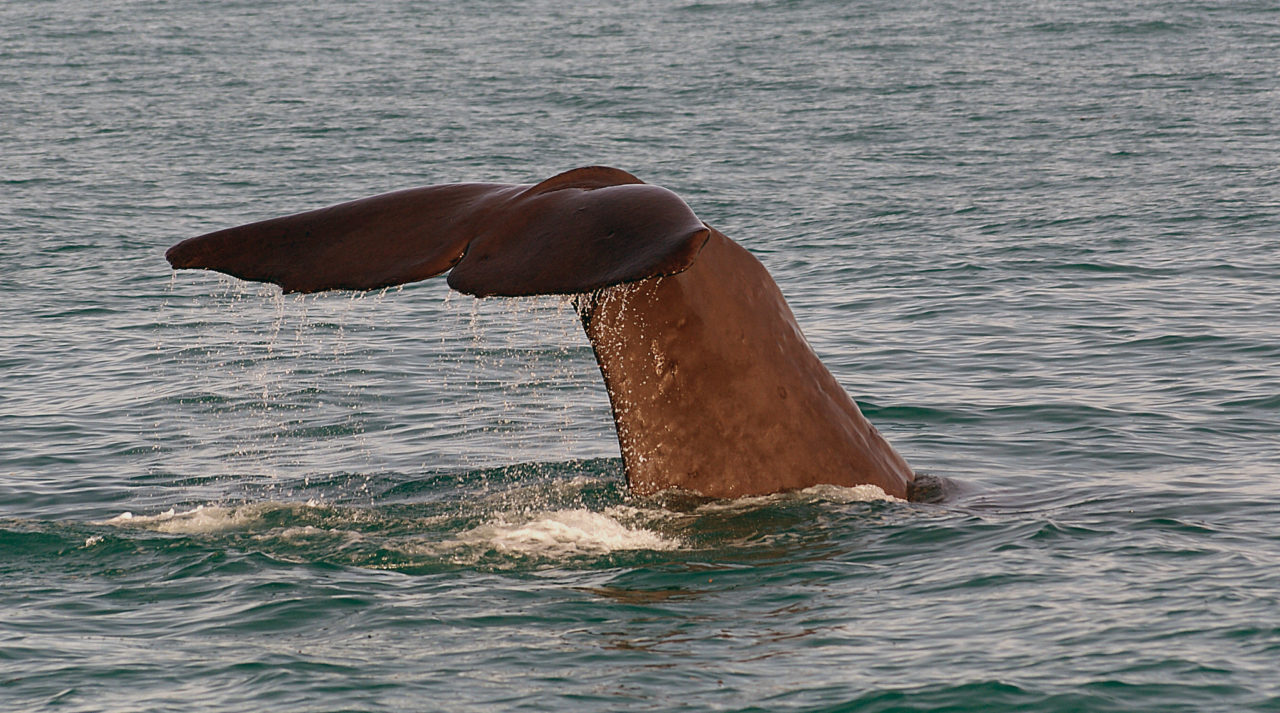Imagine trying to make contact with super-intelligent beings. Now imagine they’re not from space.
Sperm whales, the largest of the toothed whales, boast enormous brains, explains David Gruber, a professor of biology and environmental science at the City University of New York.
Their brains weigh 20 pounds compared to our three-pounders.
Perhaps more important: their brain’s neocortex, where higher brain functions take place, are thicker and contain more folds than our own, Gruber says.
So what are these creatures — perhaps best known for their depiction in Herman Melville’s Moby Dick — thinking?
NVIDIA intern Pratyusha Sharma, a Ph.D. student at the Massachusetts Institute of Technology’s famed Computer Science & Artificial Intelligence Laboratory, is a member of an extraordinary cross-disciplinary team led by Gruber that’s working to find out.
Project CETI’s plan: decipher what sperm whales say to each other. Then communicate with the creatures.
The team includes a score of experts in a huge array of disciplines — including experts in marine biology and underwater acoustics.
Project CETI’s machine learning team, led by Professor Michael Bronstein, chair in machine learning and pattern recognition at the University College London, aims to use the advances machine learning has brought to language understanding to better understand what non-humans are saying to one another.
Sharma, who worked on robotics during her summer internship at NVIDIA, says her work on Project CETI has broadened her intellectual horizons.
“It was nice to go back and read about all these different fields and the questions that lie at the heart of them,” Sharma said.
Cetaceans — which include whales, dolphins and porpoises — are unique. They “talk” — engaging in sophisticated acoustic communications with one another — a lot.
However, because they’re not just communicating underwater but also living in a very different environment, their way of communicating, and even thinking, is very different.
“They live in a different world from us, so existing methods to move from one human language to another don’t translate, because the world they’re talking about is so different,” Sharma said.
That means we’ll have to do a lot of listening.
Marine biologists have long known sperm whales are unique. Their brains are highly developed. Their behaviors and social structures are complex. So are the acoustic signals they send to one another.
To that end, Gruber’s effort is working to gather vast quantities of data about what sperm whales say to one another.
Beyond listening, they’re observing and collecting vast quantities of information about what whales are doing — such as diving, turning or moving as part of a group — as they’re communicating.
To do that, the team has designed and deployed new whale tags and tethered buoy arrays to collect more data than ever.
The effort will then feed this growing body of data into machine learning models built to find meaning in vast quantities of data.
Machine learning projects such as the Generative Pretrained Transformer 3, or GPT-3, thrive on vast quantities of data.
Such data-driven language models, accelerated by GPUs, have already led to a revolution in the ability to understand and generate text.
That said, putting these kinds of tools to work to understand whales will be a huge challenge.
The team is starting with the basics, Sharma says: trying to understand what represents a basic unit of sperm whale communication, the whale equivalent of a human “phoneme.”
While the team isn’t ready to announce anything yet, it has come to some preliminary results, Sharma reports.
The team has found correlations between the signals the whales produce and their behavior.
And they’re beginning to better understand the structure of whale “conversations.”
If successful, in a few years, Project CETI could be put to the ultimate test — sending signals to whales to see how they respond.
It remains to be seen if they’ll understand well enough to respond, or even if they’ll want to respond, Sharma says.
Call it the ultimate case of don’t call us… whale call you.
Featured image credit: Bernard Spragg, public domain.
